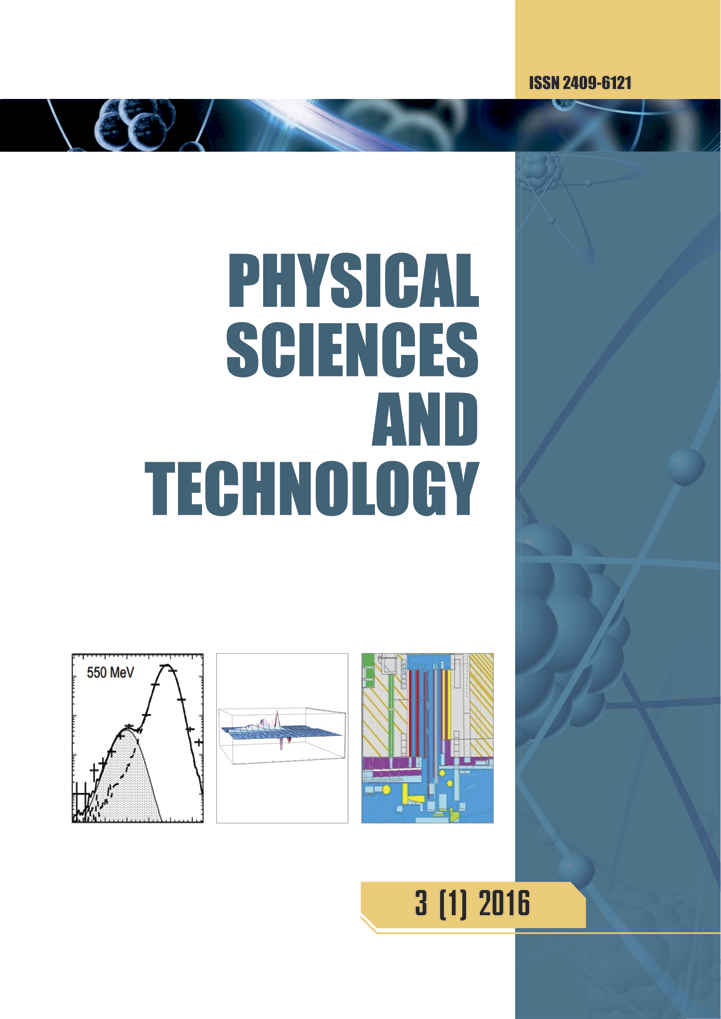Formation of diamond like carbon films on materials for medical application
DOI:
https://doi.org/10.26577/phst.2021.v8.i1.04Abstract
The aim of this experimental work is to identify how the surfaces of materials that are most often used in
medical implants and prostheses, affect the properties of the deposited amorphous carbon films. The DLC
films were formed on the stainless steel, aluminium, polyetheretherketone (PEEK) and polycaprolactone
(PCL) surfaces by PECVD method using C2H2 gas plasma and their properties was compared with the films
deposited on silicon. The differences of the films properties were determined by a null-ellipsometry and Raman
spectroscopy. It was found that the thicknesses of the carbon coatings deposited on metallic substrates
are larger than on the silicon when the deposition conditions were the same. When the films are formed at
high bias voltage the refractive index of the DLC films deposited on stainless steel are lower compared to
the coatings on silicon but the extinction coefficients are higher. Raman spectra shows that sp2 bonds concentration
is higher in this case. When the ion energy is lowest (bias voltage -400 V), Raman spectroscopy
shows that D peak isn’t observed on the Si-deposited carbon coating, while the typical carbon amorphous
coating is formed on the Al substrate. The thickness of amorphous carbon coatings deposited on the polymers
depends on the bias voltage, and the optical properties depend on the type of polymer. The coatings
deposited on PCL have a much higher refractive index than on PEEK.
Key words: amorphous carbon films, steel, aluminum, polyetheretherketone, polycaprolactone, Raman
spectroscopy.




